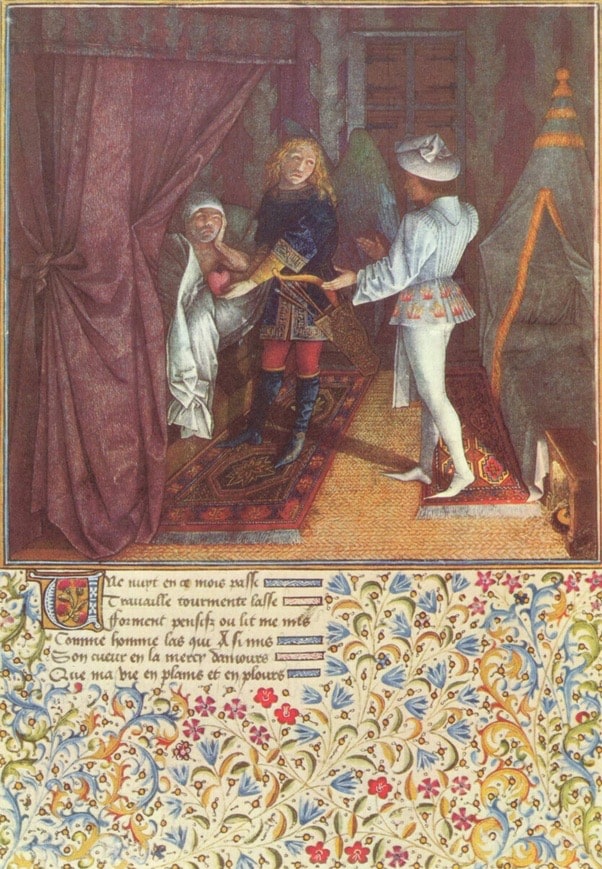Ainu: We who love textiles know what it is to revere an exceptional piece of weaving or embroidery. But there is a community where this is literally practiced. And that is by the Ainu.
History of Ainu
The Ainu have lived on the island of Hokkaido for millennia, populating a culture distinct from the Japanese. Following a Hunter-gatherer lifestyle, they, like most communities that live off the land, revered all things natural. This reverence interestingly extended to tools and clothes, the minutiae of daily life. One fascinating aspect of their culture is the reverence of bears, which are seen as gods. The Ainu would often collect bear cubs and bring them up in their homes, exactly as they brought up children. Eventually, these bears were sacrificed in a ritualistic ceremony, with their flesh and fur highly valued as divine. (more…)
Jacobean Embroidery : We live in our current times in houses or apartments, which are fully furnished, heated in winter, and adorned extensively with textiles for aesthetic reasons and utility. But there was a time in England and the rest of the world that houses were draughty, furniture scarce, and cloth was restricted to wool, linen, and silk. There were rushes on the floor, which dogs and often people would relieve themselves in, making interiors malodorous. People often shifted from one house to another, an itinerant lifestyle because homes became quickly unhygienic.



